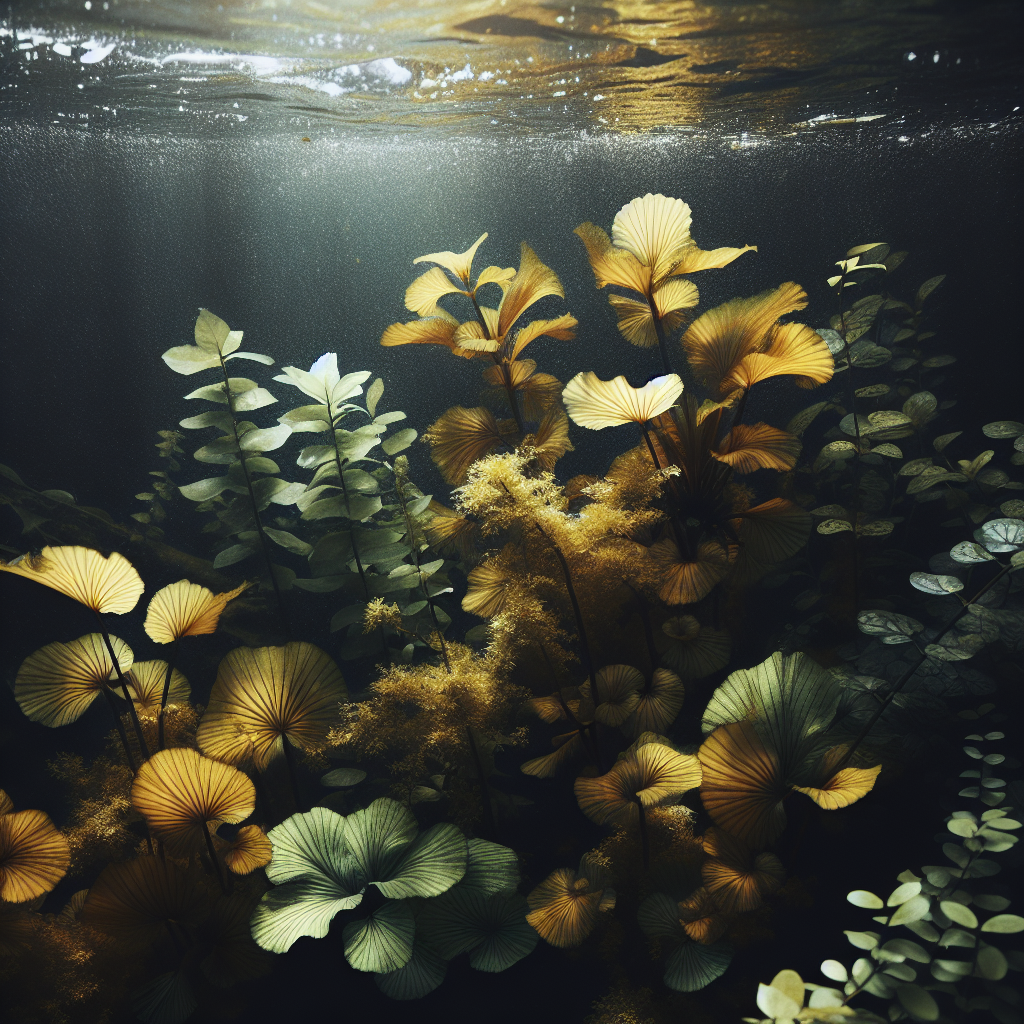Navigating Aquatic Plant Health
Aquatic plants form an integral component of a well-balanced aquarium, providing oxygen, absorbing fish waste, and enhancing aesthetic appeal. However, maintaining optimal plant health requires proper care and attention. Let us embark on the journey of understanding how to identify and address common plant health issues in aquariums.
Identifying Plant Health Issues
Aquatic plants, like terrestrial plants, exhibit symptoms indicating their health status. Some signs that your plants may be struggling include browning or yellowing leaves, stunted growth, weak stems, and the appearance of algae.

Nutritional Deficiencies in Aquatic Plants
Just like humans, plants also need a balanced diet to thrive. However, sometimes this nutritional balance gets disrupted, leading to deficiencies in our aquatic friends. The primary indicators often involve changes in leaf coloration or plant structure.
Iron Deficiency:
Iron is vital for chlorophyll production, which gives plants their signature green color. An iron deficiency typically results in yellowing leaves with green veins – a condition known as chlorosis.
Nitrogen Deficiency:
Plants use nitrogen to develop proteins and nucleic acids. Without enough nitrogen, older leaves may turn yellow while the plant's overall growth slows.
Potassium Deficiency:
Potassium aids in the regulation of water and nutrient movement within plants. Lack of potassium often manifests as yellowing or browning at the tips and outer edges of leaves, often with pinholes developing within the leaf.
Algae Issues and Management
Algae are often the bane of an aquarist's existence. Though some algae serve as food for certain fish and critters, excessive growth can smother plants, cover equipment, and degrade water quality. Algae lead quiet, invading lives, but when they surge, fast action can save your plants and animals.
Combatting Aquarium Diseases
Disease can spread rapidly in an enclosed ecosystem like an aquarium. Bacterial, parasitic, or fungal infections can wreak havoc among your plants. By diagnosing these diseases early and taking decisive action, you can protect the health of your aquatic ecosystem.
Proper Quarantine Practices:
Introducing new plants or fish into your aquarium without a proper quarantine period increases the risk of digestive diseases and pests. Never skip the quarantine period and plant inspection to maintain a disease-free tank.
Anti-Fungal Treatments:
Unfortunately, aquatic plants can also be subject to fungal diseases. Leaves may appear fluffy or coated in white spots. At this point, an anti-fungal treatment can help. There are several quality products in the market that can aid in your plant's recovery.
Building Plant Resilience
Prevention is always better than cure. Ensuring your aquarium plants have an optimal environment can help deter many health problems. Adequate lighting, proper watering, and regular feeding can all contribute to plant health. With these in place, your plants are more likely to resist diseases and deficiencies.
Aquatic Plant Care: The Full Picture
Healthy aquatic plants are essential to a thriving aquarium. By understanding the common issues, recognizing early symptoms, and responding effectively, you can ensure your aquatic garden continues to grace your aquarium with their vibrant colors and vital functions. Remember, constant vigilance, and good preventative measures make for a successful and enjoyable aquarium experience. For additional information on plant health, you can also refer to this external source.